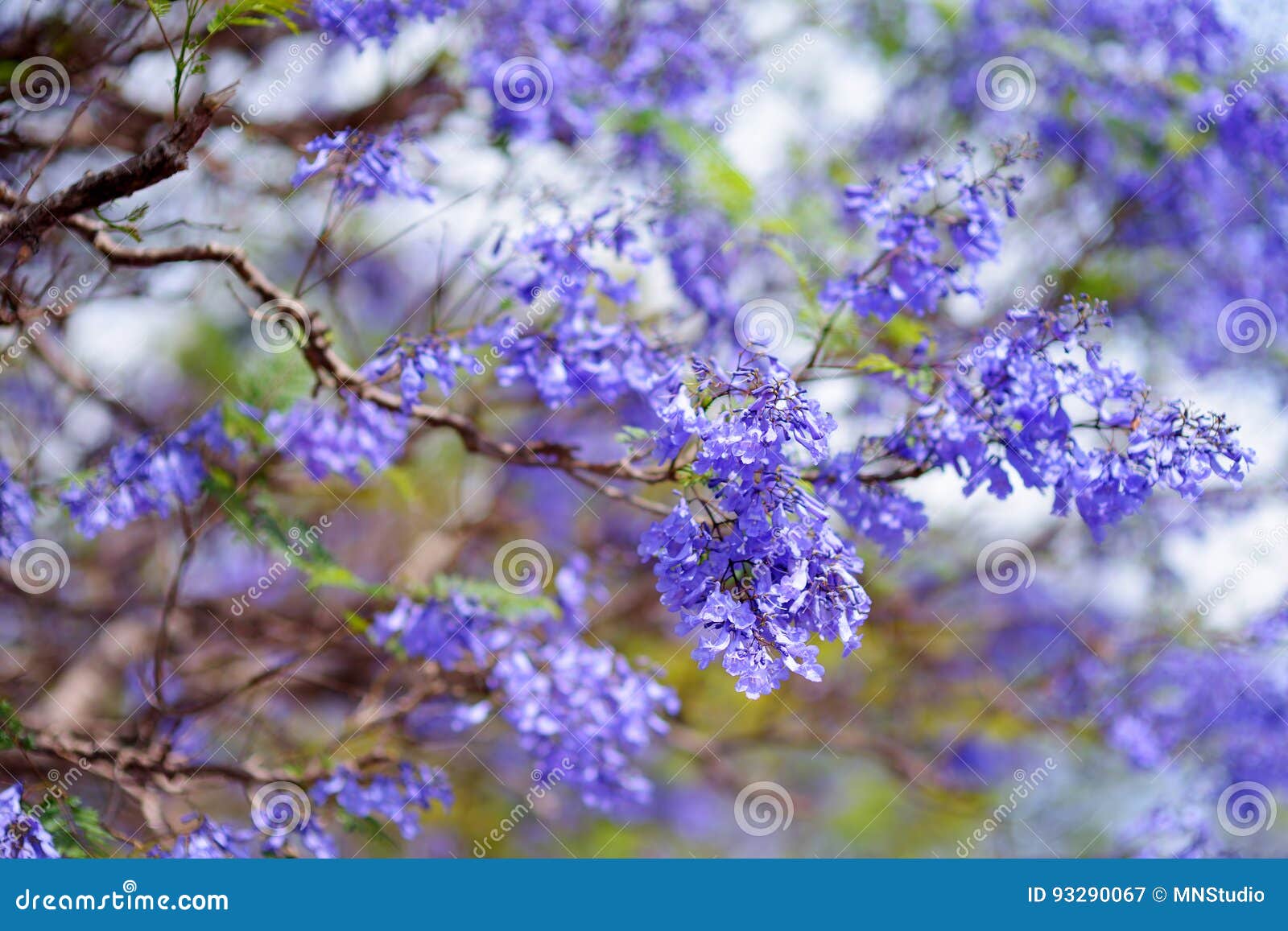

– Crimson King MapleĬrimson King Norway maple is popular for its purple-green foliage. This fabulous plant grows in zones 3 to 7 and reaches the height of 10 feet.

Make jams, jellies, and pies from these cherries. The most exciting part is the fruits that can be eaten. The Cherry sand tree stands out between the green plants during summers and looks perfect close to the pavements too. It adds beauty to any landscape with its reddish-purple foliage. Purple leaf sand cherry is a lovely flowering plant that is very hardy. Plant these beauties in your garden for their flowers and foliage. The plant is highly adaptable and lasts a long time.īlack lace elderberries also produce a pink flower in summer, which creates a beautiful contrast with the dark foliage. The foliage is eye-catching, and the purple color steals the show. It gives a look of Japanese maple from a distance. – Black Lace Elderberryīlack lace elderberry is a highlight of any garden. The branches drape beautifully towards the ground and create an interesting look. Ruby Falls or Cercis canadensis is a type of redbud tree that is the smallest in size and remains as big as 6 feet while it spreads to 4 feet only. The tree grows up to 30 feet high, and the purple foliage looks stunning. Make sure the tree gets good air circulation to keep fungal infections away. These trees adapt well to varying pH levels of the soil and will perform well in both alkaline and acid soil.
#PRETTY PURPLE TREE FULL#
Plant them in partial shade or full sun in zones five to nine. The Redbud forest pansy tree loves to grow in well-drained soil that has the ability to be moist. The few varieties to choose from are the Pissardii purple leaf plum, Newport plum tree, Mt St Helens, Pendula purple leaf plum, and lastly the Thundercloud. Plant the purple leaf plum trees in USDA hardiness zones five to nine for best results. In addition to the fruits and foliage, the tree grows pink flowers in spring. The tree remains short, will not cross over 25 feet, and grows a nice round crown of foliage on top. You can use the plum fruit in cooking or eating raw. Firstly, they have unique purple foliage, and secondly, they produce an edible fruit, which makes it a star. Purple-leaf plum trees are fabulous as they offer two benefits to gardeners. Other Maple varieties that have stunning purple leaves are burgundy lace, Atropurpureum, Garnet, Sherwood flame, Tamukeyama, and lastly, ever red. Plant them in well-draining soil and allow them to get full or partial sun for best growth. They grow to a height of 15 to 25 feet in optimal conditions. The maple tree is best for zones four to eight.
#PRETTY PURPLE TREE FREE#
If you would like to learn more about the Vitex trees we offer please visit our website, or feel free to call 972.372.4737 or email us with any questions.Here is a list of the best and the most popular purple leaf trees that you can select for your garden: – Japanese Maple They are a fabulous tree for Texas, and we are even getting ready to plant more around the farm ourselves. Right when this was taken the blooms were just preparing, by now it will be lush and full of colorful blooms. The flower petals are not messy next to pools like crape myrtles can be. This is a recent installation of ours at The Oaks of Argyle, in Argyle, Texas where a customer wanted to accent behind her pool and hot tub area. Vitex trees work in just about any landscape design as long as full sun is permitted. ‘Delta Blue’ Vitex 30 Gallon Tree preparing for it’s next round of blooms. The Vitex ‘Delta Blue’ cultivar is known for it’s brilliant bright blue-purple flowers, smaller sized leaves, and it shares the same fast growth rate as the ‘Shoal Creek’. The Vitex ‘Shoal Creek’cultivar was selected for it vigorous growth habit, large flower spikes and it produces the best lilac purple flowers. Vitex ‘Shoal Creek’ at Treeland Nursery Dark Purple Flower on a ‘Delta Blue’ VitexĪt Treeland Nursery, we sell the Vitex ‘Shoal Creek’ and Vitex ‘Delta Blue’ varieties. The Vitex is also proudly designated as a Texas Superstar Shrub by Texas A&M University. They can tolerate most soil conditions, provided they are well drained, and will flourish in full sun. Vitex trees do not drop any fruit, there are no known insects that feed on them, they have no known diseases, and they do not require any special soil when planted in North Texas. The blooms are irresistible to pollinators of all sorts including bees, butterflies, and hummingbirds. Vitex are large multi stemmed shrubs that maintain fairly dense, symmetrical and rounded canopies. Beautiful lilac purple blooms that are extremely fragrant, adorn the Vitex ‘Shoal Creek’ tree shown below from May to September. The Vitex aka Chaste Tree is a crowd favorite for North Texas, and it has one of the longest blooming seasons for flowering trees in Texas.


 0 kommentar(er)
0 kommentar(er)
